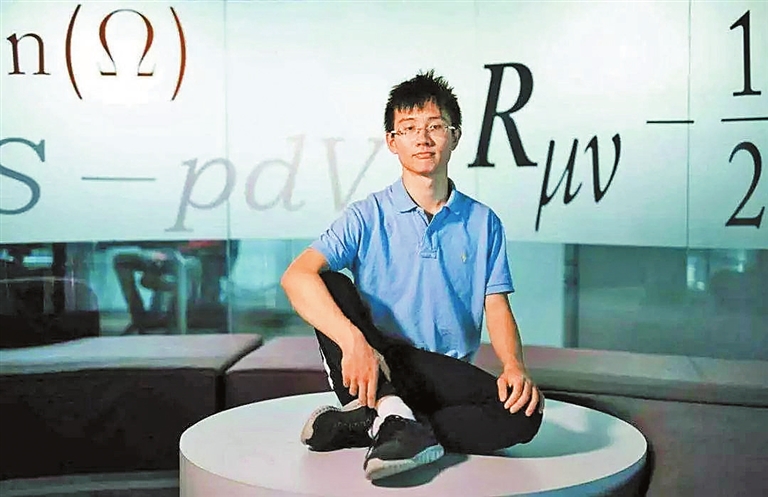
CAO YUAN, a graduate of Shenzhen Yaohua Experimental School, has had his fifth paper published in the international scientific journal Nature at the age of 25, China Youth Daily reported. Cao, born in 1996, rocked the international scientific community in 2018 for discovering a “magic angle” in graphene that spurred a new field of superconductor physics. He published two papers in one day in 2018 and another again May 7, 2020. Cao also became the youngest Chinese scholar who has published a paper in Nature as the first author since the publication of the journal 149 years ago and topped Nature’s list of the 10 people who mattered in 2018. It has been reported that Cao finished the sixth grade and high school within three years. He got into the School of the Gifted Young of the University of Science and Technology of China (USTC) and scored 669 out of 750 in the national college entrance examination at the tender age of 14. “He is modest and much more mature than his peers,” said Zeng Changgan, Cao’s tutor in USTC. “He is really smart. As his tutor, I was not worried because he would always manage to complete the tasks.” Cao also tried to learn computer programming from scratch by himself and showed excellence in theory and computer computing. “Cao published a theoretical research paper in a well-known international journal in the field of condensed matter physics when he graduated with a bachelor’s degree, which is exceptional,” Zeng commented. Born in the city of Chengdu in Sichuan Province, Cao moved to Shenzhen with his family at the age of 3. He was admitted to Shenzhen Yaohua Experimental School in September 2007 and was a passionate “tinkerer” in the eyes of his teachers at the time. “He would take apart the desks in the classroom just to see what the structure is inside. We didn’t know how he had done it without tools,” Huang Jiatang, Cao’s physics teacher in high school, recalled. Cao graduated from USTC with the highest honor in 2014 and then pursued his Ph.D. at the Massachusetts Institute of Technology in the U.S. (Lai Huijun, Zhang Yu) | 
